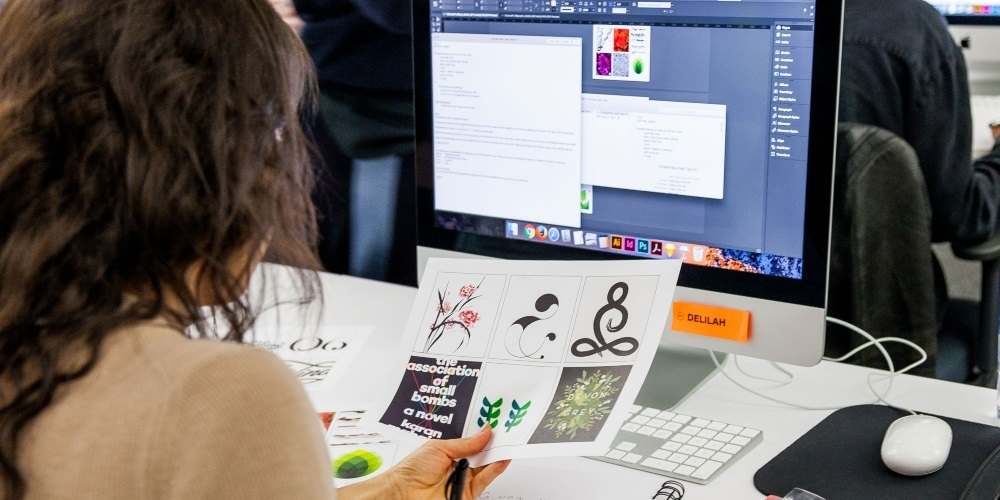As marketeers and designers, we have always talked about being in the business of B2B or B2C, this has widely been accepted as a broad mechanism of targeting groups of people. But earlier this year, we came across something which suggested that we should all be in the market of H2H. That is Human to Human.
As Bryan Cramer, the CEO of PureMatter and the man that came up with this concept, says,
“Marketing increasingly strives to become one-to-one, with solutions to collect and wrangle the big data about us to serve up more personalised offers and experiences.”
Essentially H2H requires us all to do away with the jargon, move away from ‘solutions’ and ‘synergy’ and talk to people like real human beings. It requires customer empathy and engagement.
So how do you talk to customers as humans recognising their own individual needs and challenges without increasing marketing resources?
Whilst social media enables companies to share content, amplify their marketing, monitor the voice of the customer and gain valuable insights, its essentially a mass-market media. Of course, you can tweet individuals but to reach 1,000 individuals requires 1,000 tweets.
In the last 10 years, full-colour digital printing technology has developed in conjunction with data management, creating greater possibilities in one-to-one personalisation. Variable data printing makes it possible to create 1,000 unique documents that have customised messages and images for each customer, allowing you to create directly with individual end-users.
WHAT CAN BE ACHIEVED WITH VARIABLE DATA PRINTING?
Variable data can be text, images, charts or colours. Here are some examples of how it could be used: Address – charities use variable data printing to personalise each fundraising direct mailer by name and address and also by type of donor, for example, whether they are lapsed or existing.
Images and colour -a car insurance company can use variable data printing to target customers by age and gender, so the content can be personalised to display images and a colour scheme relevant to them with a voucher for an appropriate discount. Personalised postcards – a relatively cheap form of variable data printing is postcard printing and it has far more punch when personalised with a name.
Traditionally, printers have focused on ink, type and paper but data is now as vital when planning successful print campaigns. It can engage users on a personal level and drive a higher response rate. Using variable data increases response rates up to 35% (CAPV and Marketing UK).

